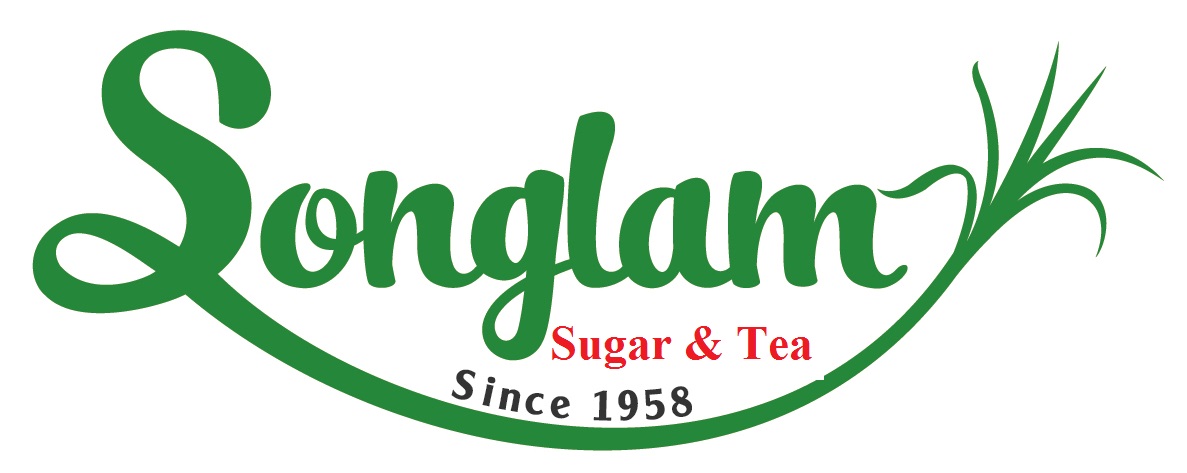If John Dopyera stormed outside of the nationwide store in January 1929, his or her surrender stemmed from significantly more than a spur-of-the-moment fit. For months, the developer associated with the resonator flute used his or her evenings and breaks using the services of his or her blood brother, Rudy, on a secret visualize – a single-cone keyboards they assumed more advanced than the state Triolian. They referred to as their brand new device the Dobro.
The Triolian’s bridge seated in a round wooden “biscuit” attached in the center of a metal increasing cone. John Dopyera designed the biscuit-bridge program to be used in a ukulele, but assumed the structure would not sustain efficiently enough if oversized for a guitar. National’s chairman, George Beauchamp, overruled Dopyera and rushed the Triolian into generation at the end of 1928. Beauchamp and Dopyera has been scrubbing 1 the wrong manner for a while, this arrived because final straw. John along with his siblings chose to broken from National.
The Dopyeras transformed the resonator upside-down and modified its V structure into a W, attached to the link by an extended tighten throughout the heart. A radiating spider taken the noise from connection into sides with the cone. Without a block of hardwood choking they, the inverted resonator vibrated easily and suffered notes longer than the biscuit-bridge cone.
Rudy and Emil (later also known as Ed) Dopyera kept nationwide immediately after John.
The siblings known as their new vendor Dobro (a shortened type of Dopyera Brothers). The word additionally designed “good” in their native Slovak dialect. Emil, the sales agent, demonstrated the prototype gibson guitar to retailers in south California and obtained the first sales. Two different brothers, Louis and Bob, served financing the business. For the early spring of ’29 Dobro moving generation in the spine room of Russell Plating Corporation. Within a couple of months the corporate gone to live in a unique brick manufacturer at 727 distance 62nd block in California.
Dobro’s design rates corresponded to identify cost in a process containing lengthy perplexed lovers. Because costs changed from yr to year, instruments modified unit figures, as well very same type amounts could have placed on various instruments. As an instance, 1929’s version 45 got a dark, unbound beginner keyboards, 1932’s product 45 was a bound single-screenhole “Cyclops,” and by late ’33 the style 45 ended up being a spruce-top with two screenholes. This was perhaps not a progression of the same fundamental keyboards. They were Dobro axes that in those specific ages transported a list price of $45. It wasn’t a smart process, as well as the team stayed they with until creation ceased with the beginning of The Second World War.
Dobro’s original 1929 series integrated the unbound student design 45, the normal version 55 with a bound fretboard, the two-tone French browse created (in fact sandblasted) unit 65 with a certain ebony fretboard, the Professional style 85 with a triple-bound mahogany system, together with the design 125 “De Luxe” with a walnut human anatomy and four-way matched up right back.
Specialty Dobro axes with gold-plated, imprinted components and elaborate inlay expense from $175 to $250. Rounded or square necks are available on all sizes.
Dobro in addition earned mandolins, ukuleles, and “Tenortrope” banjo-guitars with spherical wood systems. By ’31 Dobro presented the product 50 tenor keyboards, with a bound fretboard and a mandolin-size resonator in a guitar-size human body.
Dobro begun its serial number around 800. Later through the ’30s Regal in Chicago mislead action by numbering a run of Dobros within the exact same selection.
A young Ca instrument is generally recognized by rectangular slot-ends into the headstock, coverplate screws through the things of amounts on a clock, in addition to the inadequate a mark at 17th worry. The dot at 17th fret had been added at the end of 1930. By 1933 Dobro local hookup settled the screws on the half-hour details so a repairman could open up a guitar without removing the tailpiece.
In ’32 Dobro customized its guitar range, with new-model number finish in six instead of five. The unbound student drum, its devices colored sterling silver instead of plated, decreased in cost to turn into the Model 36. The type 55 became the product 56 (some adverts determined electronics plated with nickel in the place of firefox). The scrollwork style 60 turned into two kinds: the design 66, with a fretboard of purple bean material, plus the type 66-B, with a bound looks.
Dobro released the Model 76, with a guaranteed birch human anatomy and inlaid celluloid marker, but manufactured handful of all of them. The design 85 became the style 86, with engraving extra throughout the coverplate. Dobro’s design 106 had been a walnut electric guitar with a two-way matched back. The version 156 would be walnut with an inlaid fretboard and gold-plating. Dobro’s tenor drum can be found in three versions, the 50, 75, and 100, with things corresponding towards styles 56, 76, and 106.
From the extreme pricier is Dobro’s Model 206, alongside one spruce leading, walnut back and sides, gold-plated and engraved hardware, and five-ply binding with a layer of gold sparkle from inside the center. Dobro created very few unit 206 instruments – John Dopyera said at the most 12 or 15 – as showpieces for industry events or by particular arrange. Merely three are recognized to exists these days.



